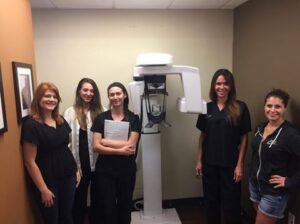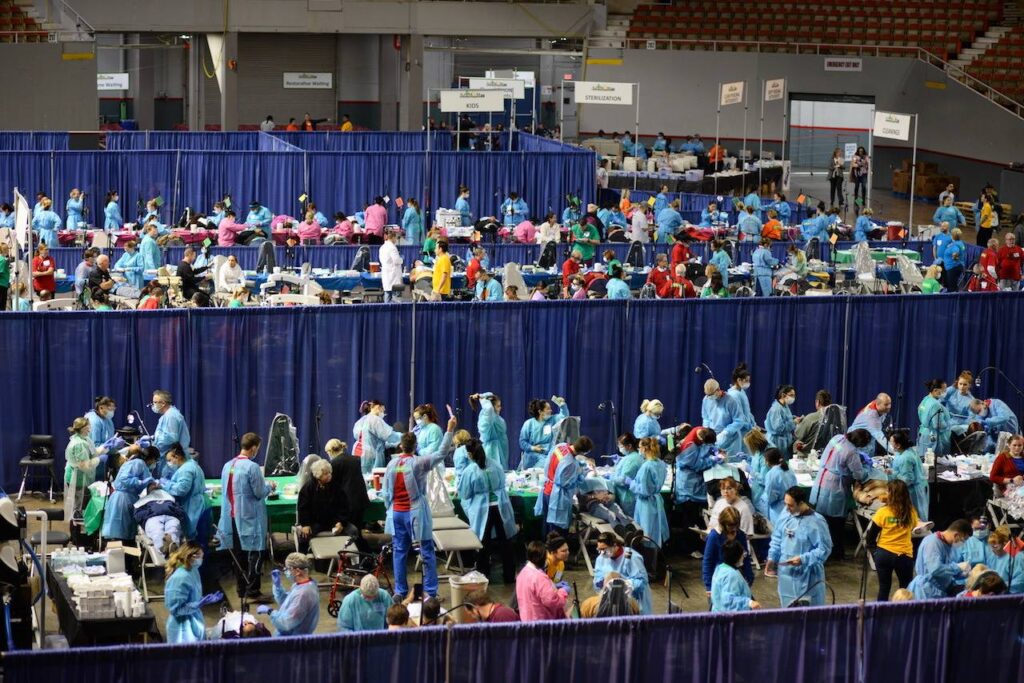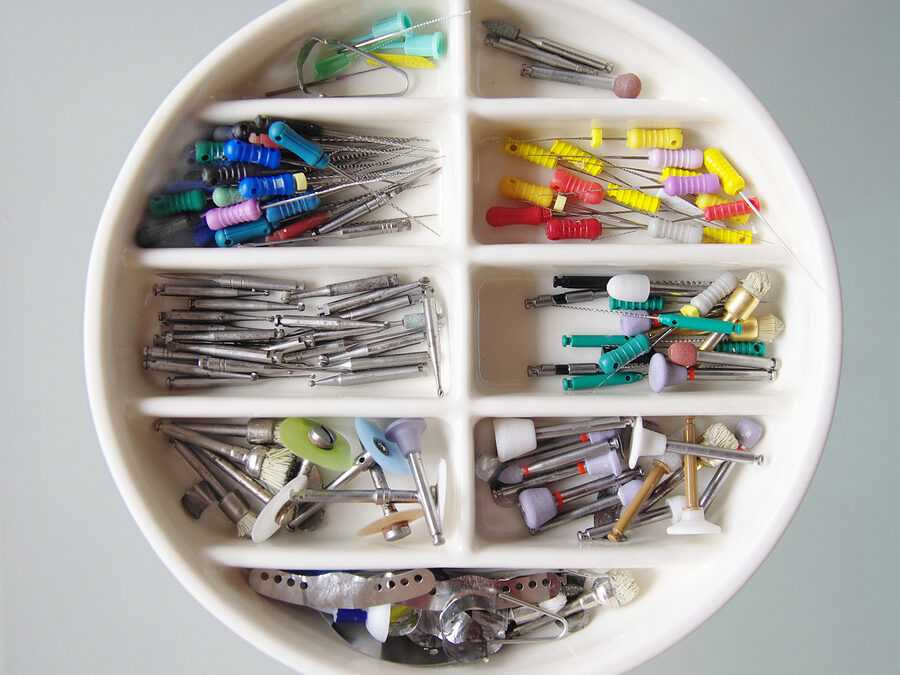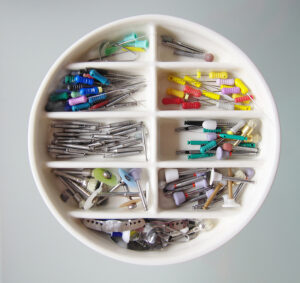
by fisherwebdesign | Aug 29, 2018 | Blog, Endodontist, Mission of Mercy, Phoenix Endodontic Group
 We are thrilled to announce that Dr. Jacqueline Allen, Phoenix Endodontic Group has been awarded the 2018 Health Care Hero Award by the Phoenix Business Journal in the dental category. Dr. Allen was recognized for her contributions as a founding member of the Central Arizona Dental Society Foundation, which was established in 2011 and sponsors an annual program called the Arizona Dental Mission of Mercy (AZMOM). The program is a two-day free dental clinic open to anyone.
We are thrilled to announce that Dr. Jacqueline Allen, Phoenix Endodontic Group has been awarded the 2018 Health Care Hero Award by the Phoenix Business Journal in the dental category. Dr. Allen was recognized for her contributions as a founding member of the Central Arizona Dental Society Foundation, which was established in 2011 and sponsors an annual program called the Arizona Dental Mission of Mercy (AZMOM). The program is a two-day free dental clinic open to anyone.
“After each event, I am in awe that in a two-day period the work we do has such an immediate positive impact on the lives of so many people,” Dr. Allen said. “It is extremely satisfying to know that we played a part in eliminating pain, infection and oral disease in close to 2,000 people at one event. Additionally, CADSF is now being asked to help set up smaller events in other parts of the state — that has always been a part of our vision.” Read more about the recognition on Phoenix Business Journal.
Watch this compelling story to find out what motivates Dr. Allen to participate not only in the Arizona Mission of Mercy and with Central Arizona Dental Society Foundation, but also Mission of Mercy Dental events around the country. She is definitely our Health Care Hero and we are so proud of her to receive this well deserved recognition.

by fisherwebdesign | Aug 10, 2017 | Blog, Cone Beam Computed Tomography, Dental Technology, Endodontics, Endodontist, Phoenix Endodontic Group, Technology
 Threats to the inner pulp of your teeth can sometimes be challenging to identify and diagnose, but dental technology has come a long way in the past few years. One of the most exciting pieces of recently developed dental technology that aids endodontic specialists in their work is cone beam computed tomography, or CBCT.
Threats to the inner pulp of your teeth can sometimes be challenging to identify and diagnose, but dental technology has come a long way in the past few years. One of the most exciting pieces of recently developed dental technology that aids endodontic specialists in their work is cone beam computed tomography, or CBCT.
Dental CBCT machines are a special type of x-ray equipment used when regular dental or facial x-rays are not sufficient. An endodontist may use this technology to produce 3-D images of teeth, soft tissues, nerve pathways and bone in a single scan. During a CBCT scan, the the machine rotates around the patient, capturing images using a cone-shaped x-ray beam. The resulting images can capture what is happening in the patient’s mouth, jaw and neck, as well as in their ears, nose and throat.
The biggest advantage of CBCT dental technology is that it allows the practitioner to visualize a patient’s condition as it actually exists in their mouth, because it is able to differentiate between many types of structures and airspaces — including bone, teeth, airway, sinuses, and soft tissue. This allows for a more accurate diagnosis and treatment planning process. CBCT can also be used after treatment to ensure that a root canal or other procedure has adequately addressed all problems that existed prior to the intervention.
Patients need to do very little to prepare for a CBCT scan, other than to wear loose clothing and leave all jewelry at home. CBCT scans are low-dose x-ray examinations compared to a standard medical CT scan.
“We’re thrilled that we can provide CBCT scans for our patients to deliver comprehensive endodontic treatment. This is a piece of dental technology that allows us to provide better care to everyone,” says Dr. Jacqueline S. Allen, who practices with the Phoenix Endodontic Group.

by fisherwebdesign | Jul 27, 2017 | Featured, Mission of Mercy
Central Arizona Dental Society (CADS) is a large-scale dental clinic where dental treatment is provided at no cost to individuals who cannot access and/or afford dental care. This event is completely volunteer driven and is possible because of the generous support of CADS partners.

Who Should Come
- Adults and children
- If you do not have enough money to pay for dental care
- If you do not have a regular dentist
Dates
- Friday, December 8, 2017
- Saturday, December 9, 2017
Location
- Arizona State Fairgrounds, Phoenix Arizona
1826 W. McDowell Road, Phoenix, AZ 85007
Time
- Come early! We’ll open the clinic doors at 6:00 am.
- No appointments will be taken or are necessary.
- Patients are seen on a first come – first served basis.
- The number of patients seen will be limited by clinic capacity.
The emphasis will again be on basic dental care such as fillings, extractions and cleanings. Limited lab work (i.e., stainless-steel crowns for children, treatment partials) will be offered. The program is unable to treat patients with specific medically-compromising conditions (e.g., extremely high blood pressure, severe disabilities).
Our CADS AZMOM event focuses on:
- Providing free access to dental care while placing a high priority on patients suffering from dental infections or pain;
- Raising public awareness of the increasing difficulty low-income adults and children face in accessing critical dental care; and
- Creating health care advocates via the hundreds of lay volunteers participating in the event
To learn more about this important event or to volunteer, log onto
» Learn more about Arizona Dental Mission of Mercy and the Event

by fisherwebdesign | Jan 27, 2017 | Featured
Check out the drone video’s of our offices. Take a virtual tour of our office.
Phoenix Office
See more…

by fisherwebdesign | Jun 29, 2016 | Blog, Endodontics, Phoenix Endodontic Group, Root Canal, Technology
 Endodontics became a specialty in the early 1960s, but dentists have been performing root canal procedures on patients since the 1800s. Thankfully, the world of root canals has come a long way since the turn of the 19th century.
Endodontics became a specialty in the early 1960s, but dentists have been performing root canal procedures on patients since the 1800s. Thankfully, the world of root canals has come a long way since the turn of the 19th century.
Implementing a root canal has gotten much easier, and the overall outcome of the procedure itself has improved since the introduction of nickel-titanium files. These files were first introduced in the late 1980s and are made of a unique alloy that is extremely flexible, which helps to preserve the original anatomy of the root canal. This, in turn, results in better efficiency, predictability, and improved clinical results of endodontic treatment, especially in significantly curved canals.
Digital radiography is another handy tool that we use as endodontists. Originally introduced in the 1990s, it has certainly revolutionized the field of endodontics, as well as the entire dental community, by allowing the dentist to manipulate an image and provide a much higher overall diagnostic quality. Thankfully, it does this with much less radiation than was needed to capture a standard radiographic dental film in the past.
In addition to digital radiography, the operating microscope is relatively new in the endodontic world. Magnification and fiber optic illumination are helpful in aiding the endodontist by allowing him or her to see very small details inside the teeth that that need work. Also, a tiny video camera on the operating microscope can record images of a patient’s tooth to further document the doctor’s findings.
Finally, three-dimensional radiographs (cone-beam commuted tomography) allows endodontists to help diagnose potential issues more accurately and provide treatment with unprecedented confidence. Unlike a traditional spiral CT scanner, this 3D system provides precise, crystal-clear digital images while minimizing the patient’s exposure to radiation. This system allows for unmatched visualization of anatomical detail, which aids in diagnosis, treatment planning, and the actual root canal treatment. Your doctors can use this innovative technology to quickly and easily share 3D images of the area of concern with your referring doctor, giving them an opportunity to collaborate on your care, improve your experience, and deliver a positive treatment outcome.
Although there are many other advancements in endodontics on the horizon (stem-cell regeneration of the root canal system, as well as reconstructing the teeth themselves), the current ones allow for much better diagnosis, treatment planning, and pain-free root canals than ever before.

 We are thrilled to announce that Dr. Jacqueline Allen, Phoenix Endodontic Group has been awarded the 2018 Health Care Hero Award by the Phoenix Business Journal in the dental category. Dr. Allen was recognized for her contributions as a founding member of the Central Arizona Dental Society Foundation, which was established in 2011 and sponsors an annual program called the Arizona Dental Mission of Mercy (AZMOM). The program is a two-day free dental clinic open to anyone.
We are thrilled to announce that Dr. Jacqueline Allen, Phoenix Endodontic Group has been awarded the 2018 Health Care Hero Award by the Phoenix Business Journal in the dental category. Dr. Allen was recognized for her contributions as a founding member of the Central Arizona Dental Society Foundation, which was established in 2011 and sponsors an annual program called the Arizona Dental Mission of Mercy (AZMOM). The program is a two-day free dental clinic open to anyone.






 Endodontics became a specialty in the early 1960s, but dentists have been performing root canal procedures on patients since the 1800s. Thankfully, the world of root canals has come a long way since the turn of the 19th century.
Endodontics became a specialty in the early 1960s, but dentists have been performing root canal procedures on patients since the 1800s. Thankfully, the world of root canals has come a long way since the turn of the 19th century.